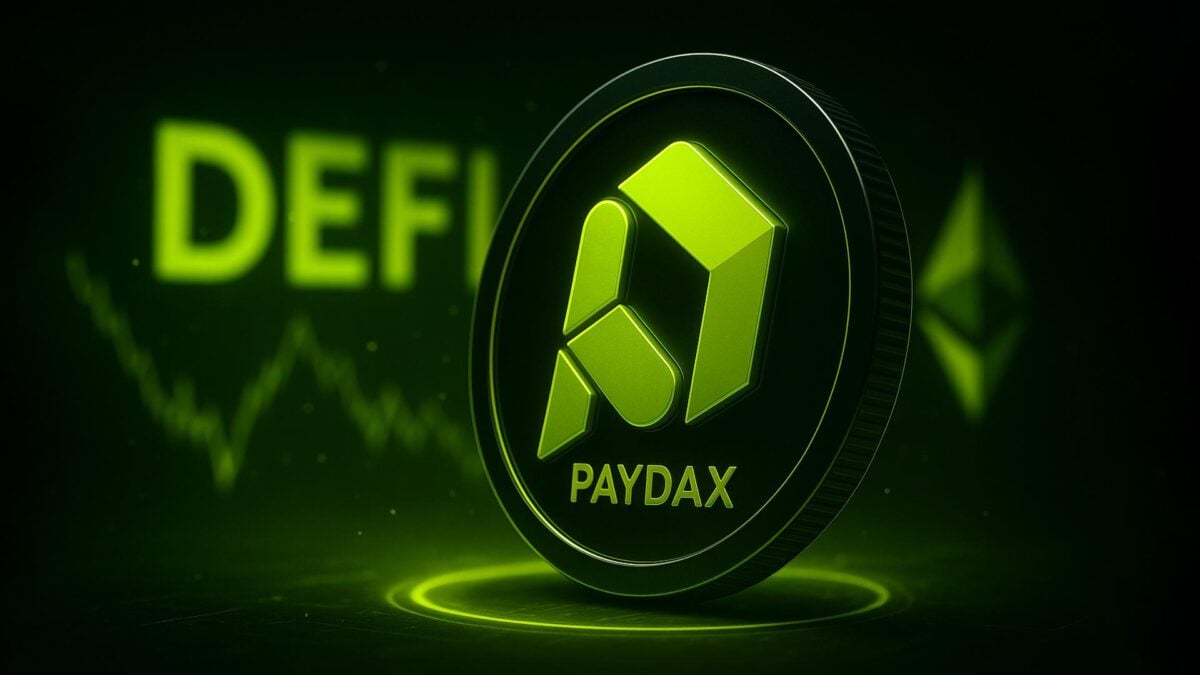Why the PayDax Protocol (PDP) is the Next Big Thing for the Ethereum DeFi Ecosystem
While Ethereum has emerged as the backbone of decentralized finance (DeFi), many Ethereum DeFi platforms continue to face challenges in accessibility, capital efficiency, and asset flexibility.
The PayDax Protocol (PDP), currently in its presale phase, aims to provide solutions to these persistent issues by providing a safer, more versatile framework for borrowing and lending.
With a combination of digital and tokenized real-world assets, PayDax is poised to mark a dramatic shift in how investors interact with Ethereum DeFi applications.
Addressing Persistent Challenges in The Ethereum DeFi Ecosystem
Many Ethereum DeFi applications have grown popular but remain limited by high-risk practices, overcollateralization, and restricted asset support. Existing DeFi platforms like Aave and MakerDAO, among others, provide stable borrowing and lending services, yet they largely focus on a narrow set of assets, forcing users to lock up capital that could otherwise earn rewards.
PayDax seeks to overcome this limitation by accepting a broad spectrum of collateral, including staked tokens, liquidity pool shares, and tokenized real-world assets such as gold, real estate, and collectibles. PayDax also aims to offer predictable fixed interest rates on loans, a structured Health Factor to monitor collateral, and a community-driven Stability Pool that mitigates liquidation risks.
This approach will allow PayDax users to maintain exposure to yield-generating assets while borrowing liquid funds. The platform’s design aligns with the broader industry trend highlighted by Ethereum co-founder Vitalik Buterin, who advocates for low-risk, reliable DeFi applications that provide sustainable utility.
Institutional Confidence in PayDax Protocol (PDP)
While PayDax is currently in its development stages and running a token presale, the protocol has successfully completed a KYC audit by Assure DeFi, the Verification Gold Standard™ in Web3 since 2021.
Historically, KYC audits not only foster trust but also support regulatory compliance, helping to position PayDax for future integrations with reputable exchanges and partnerships, which are essential for long-term growth in the Ethereum ecosystem.
In addition to KYC, the team behind the project is fully doxed, with CEO Werner Van Staden, CTO Maksim Petukhov, and CMO Matej Petrik leading a team of experienced DeFi professionals committed to seeing that the project succeeds.
PayDax Presale Momentum and Future Prospects
The PayDax presale has already raised significant interest, with over $629,000 secured in Phase 1, demonstrating early market confidence. Current buyers include institutions, which reinforces the project’s credibility.
The participation of institutions in the ongoing presale indicates confidence from capitalized firms in the project’s potential. Such backing suggests a higher probability of success and stability compared to less verified projects.
With strong security measures, a verified team, and early institutional confidence, PayDax positions itself as a promising addition to the Ethereum DeFi ecosystem. Notably, its native token, PDP, could see its price rocket x100 from the current presale price of $0.015 to $0.15 within weeks as demand rises.
Presale participants who get in early before the price climbs to $0.017 in the next presale phase can access an 80% bonus using Code PD80BONUS and earn an additional 5% for every friend they invite through the referral program.
Join the PayDax Protocol (PDP) presale and community.
Join Paydax Protocol (PDP) presale | Website | Whitepaper | X (Twitter)
Disclaimer: This media platform provides the content of this article on an "as-is" basis, without any warranties or representations of any kind, express or implied. We assume no responsibility for any inaccuracies, errors, or omissions. We do not assume any responsibility or liability for the accuracy, content, images, videos, licenses, completeness, legality, or reliability of the information presented herein. Any concerns, complaints, or copyright issues related to this article should be directed to the content provider mentioned above.






